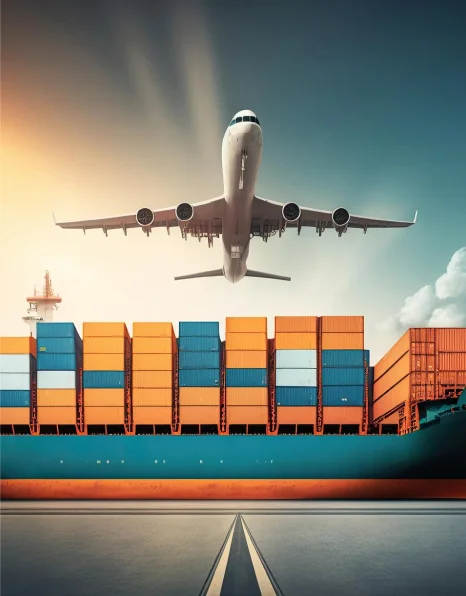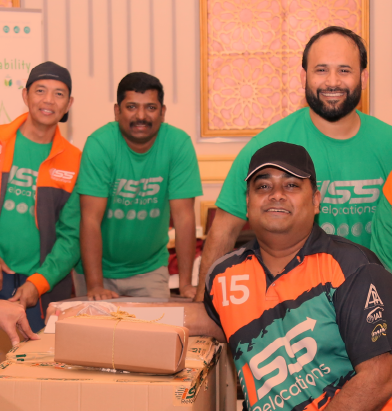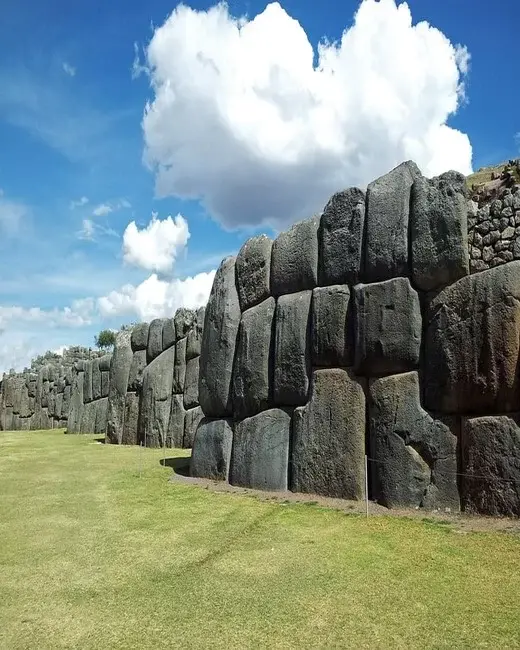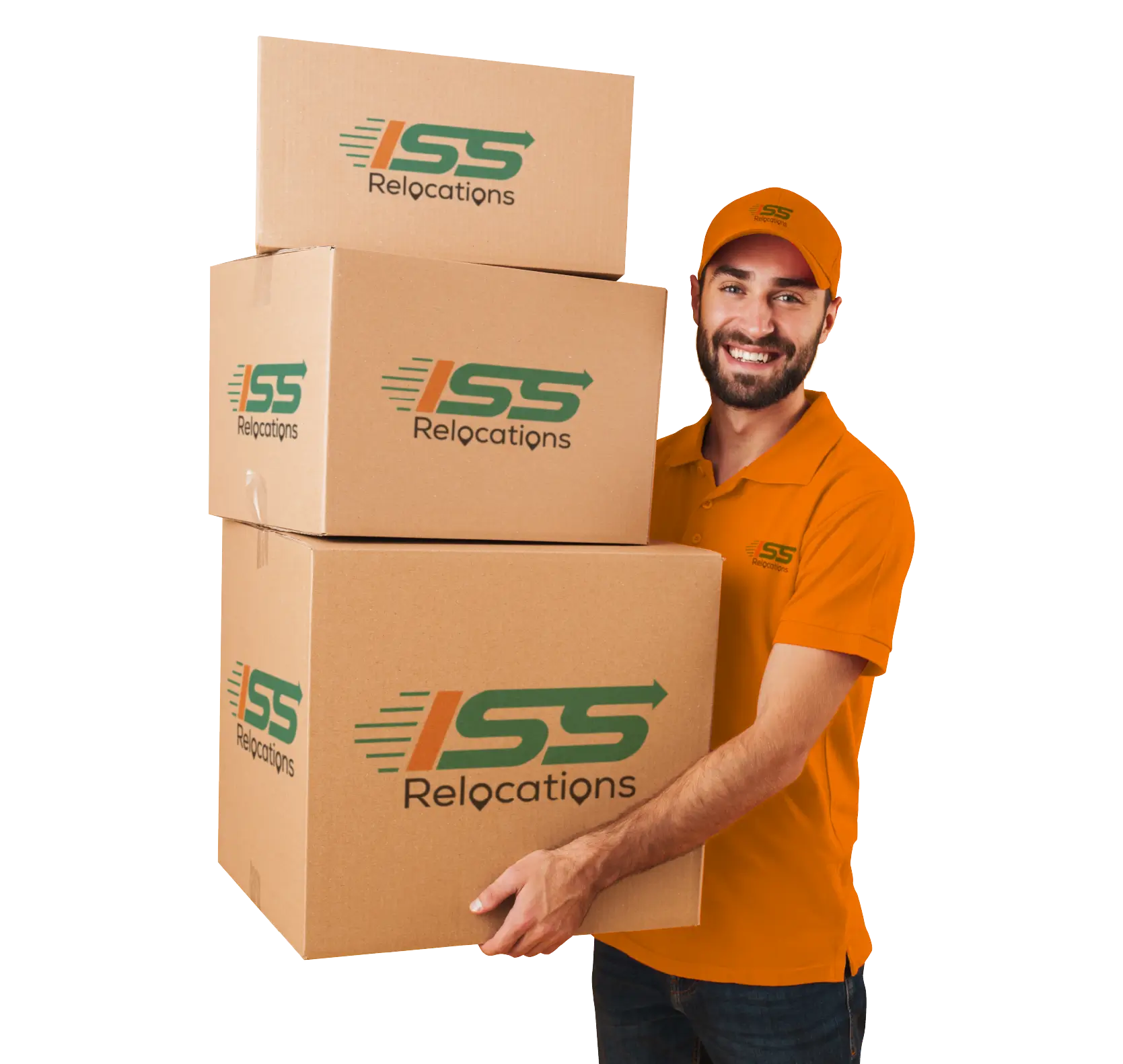Move To Peru From Qatar
Moving to Peru from Qatar is Made Easy for You with Our Reliable International Moving Service. Obtain a free moving quote to begin your relocation to Peru.
Comprehensive Guide to Move To Peru
Are you considering moving to Peru and are concerned about the inconvenience of bringing your possessions with you? There’s nowhere else to look! With our service for moving international bags, ISS is here to assist you. We take the hassle out of moving your belongings to Peru for you. You may feel secure knowing that all of your assets and possessions will be moved to the location of your choice, thanks to ISS.
Benefits of Moving to Peru:
For individuals who choose to relocate there, Peru offers a multitude of benefits. Beautiful natural landscapes and cultural heritage sites can be found throughout the nation. Relocating to Peru offers a lot of advantages:
Affordable Cost of Living – Peru’s low cost of living is one of the country’s major advantages. American expatriates may live well in Peru even on a limited budget, and compared to other nations, your money will go a long way there.
Rich Cultural Heritage—Peru offers a wealth of historical ruins and archeological sites, as well as a diversified and lively culture. When you travel to Peru, you can experience both modern art and music and customary festivities.
Natural Beauty – Explore the nation’s abundant hiking trails, rivers, and waterfalls, which stretch from the Andes Mountains to the Amazon rainforest.
How To Moving To Peru
Read along as we provide you with all the essential information about visa requirements, relocation costs in Peru, housing expenses, and healthcare services. In addition, we will discuss taxation, education, and the job market in Peru and recommend the best cities to live in. So, let’s get started!




Visa Requirements To
Move To Peru
Please read on as we discuss all the important details on Peruvian relocation fees, housing costs, healthcare services, and visa requirements. We will also discuss the work market, taxes, and education in Peru and suggest some great places to call home. Alright, let’s get going!
Moving to Peru – Visa Requirements
Here are some general details regarding Peru’s visa requirements:
– Tourist Visa: Americans traveling to Peru for tourism may apply for a tourist visa at the airport or border crossing, allowing them to stay in the country for up to 183 days. This visa is free of charge and is good for a maximum of 183 days.
– Business Visa: You might need a business visa if you want to travel to Peru for work-related objectives. A letter of invitation from a Peruvian firm or group, evidence of your financial stability, and a passport valid for at least six months are often required for a business visa. The specific requirements may vary depending on the reason for your journey.
– Work Visa: The type of work visa you need depends on your job and how long you plan to remain in Peru. You need to get one in order to work there. A current passport, a police certificate, and proof of employment—either an offer of employment from a Peruvian company or proof of employment—are usually required.
Student Visa: If you want to study in Peru, you need to apply for a student visa. This process involves providing documentation of enrollment in a Peruvian school, a current passport, and proof of your ability to pay for your studies.
Cost Of Moving To Peru
It’s important to consider the costs of relocation before moving to Peru. Moving to Peru can be expensive, depending on a number of factors, including your place of origin, your preferred home style, the size of your household, and your mode of transportation.
Transportation costs may be less when moving from adjacent nations like Bolivia or Ecuador. However, the cost of transportation could be rather significant if you’re relocating from North America or Europe. Furthermore, it’s essential if you intend to bring a large number of personal items with you.
Depending on your lifestyle and where you decide to reside in Peru, your cost of living may vary. The capital city of Lima is typically more expensive than other parts of the nation. The location and size of the property will affect the cost if you plan to rent an apartment or a house.
The cost of moving to Peru will also depend on a number of other factors, including visa fees, medical charges, and domestic transit costs. Accurate budgeting and thorough research are essential to a smooth transition to your new home in Peru.
This table will give you an idea of how much moving to Peru will cost.
| Expense | Cost |
|---|---|
| Shipping and Customs fees | $500 |
| Housing (rental deposit, first month’s rent) | $1,000 |
| Utilities (electricity, water, internet) | $200 |
| Food and entertainment | $500 |
| Miscellaneous expenses | $250 |
| Visa fees | $150 |
| Airfare | $800 |
Housing In Peru
The issue of housing in Peru is complex because there are wide variations in the availability and standard of housing across the nation. While many rural and low-income regions still struggle to provide basic housing, urban places like Lima have seen a boom in the development of towering, contemporary apartment buildings.
The Peruvian government has implemented several measures to address these disparities, including subsidies and loans for affordable housing for low-income households. Nevertheless, corruption and ineffective administrative practices have frequently impeded growth. The cost split of all housing-related expenses in Peru is shown in the following table.
Please be aware that the costs listed are approximate estimates that could vary based on the area and caliber of the lodging.
| Housing Expense | Average Cost Per Month |
|---|---|
| Rent (1 bedroom apartment in the city center) | 1,400 PEN (approx. 368 USD) |
| Utilities (electricity, water, gas) | 300 PEN (approx. 79 USD) |
| Groceries | 1,000 PEN (approx. 263 USD) |
| Internet and Cable TV | 180 PEN (approx. 47 USD) |
| Transportation (monthly pass) | 100 PEN (approx. 26 USD) |
HealthCare System In Peru
The Peruvian healthcare system includes both public and private sectors. The public system, which provides free medical care to all Peruvians regardless of their financial situation, is overseen by the Ministry of Health. Nevertheless, it typically offers lower-quality care than the private system.
Conversely, Peru’s private healthcare system offers more services and is typically of higher quality than the country’s public system. Still, some people cannot afford the hefty costs associated with private treatment.
Taxation In Peru
The progressive income tax system in place in Peru takes into account each taxpayer’s income level when determining the tax rate. The tax rate varies from 8% to 30% based on the income bracket. Furthermore, a value-added tax (VAT) of 18% is levied on the majority of products and services, with the exception of necessities like food and medication.
Peru’s government uses the money it receives in taxes to fund a range of public services, including infrastructure development, healthcare, and education. Annual tax returns must be filed by taxpayers; noncompliance may result in penalties and fines. In order to ensure that taxpayers pay their fair part, the Peruvian tax system aims to promote economic growth and development.
Education In Peru
Peru’s social and economic development is significantly influenced by education. Education is vital to Peru’s social and economic growth. But even though it’s required, poverty and a lack of infrastructure prevent many kids from attending school in distant or rural places.
The government has responded to the problem by implementing reforms that would improve the quality of education, such as increased funding and teacher preparation. Peru has thus seen a surge in the importance of postsecondary education, with many students looking for ways to improve their chances of finding employment.
However, expensive tuition and a lack of subsidies sometimes prevent people from accessing higher education. Thus, investment in and advancement of education are still necessary in Peru.
Work Market In Peru
Peru’s labor force is large and varied, and there are many opportunities across many industries. A sizable portion of the populace finds employment in the manufacturing, mining, and agricultural sectors, which are vital to the nation’s economy. The tourism industry’s recent strong growth has created employment opportunities in a variety of industries, including hospitality, transportation, and entertainment.
In Peru, the minimum wage varies depending on the industry and region and is set by the government. While many workers make more money depending on their expertise and credentials, the minimum wage only covers the necessities of life. Not only that but a sizable portion of the populace is employed in the unregulated informal economy, where pay may exceed the minimum wage.
Best Cities To Live In Peru
Depending on your preferences, you have a wide range of possibilities when looking for great cities to call home in Peru.
Lima: The capital and largest city of Peru, Lima, has a rich history, a diverse population, and a wealth of cultural offerings. Peruvian immigrants typically adore Lima’s surroundings.
Cusco: Cusco, located in the Andes Mountains, is known for its historical significance as the capital of the Inca Empire. It has a strong cultural history and is a well-known tourist attraction.
Arequipa: Arequipa, a city in southern Peru, is well-known for its colonial architecture, picturesque surroundings, and quaint alleyways.
Trujillo: This city in northern Chile is well-known for its museums, archaeological sites, and vibrant cultural scene.






Have Any Questions?
What documents are required for moving to Peru?
How long does the moving process to Peru take?
Are there restrictions on items when moving to Peru?
Does ISS Relocation offer insurance for belongings during the move?
Can ISS Relocation assist with finding housing in Peru?







